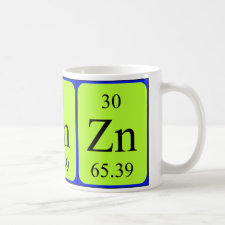
Authors: Mann S, Johnson T, Medendorp E, Ocomen R, DeHart L, Bauer A, Li BB, Tecklenburg M, Mueller A
Article Title: Pressure-Stable Imprinted Polymers for Waste Water Remediation.
Publication date: 2018
Journal: Polymers
Volume: 10
Issue: (7)
Page numbers: ArticleNo704.
DOI: 10.3390/polym10070704
Alternative URL: http://www.mdpi.com/2073-4360/10/7/704
Abstract: In wastewater treatment, the removal of heavy metal ions is difficult. Ion exchange resins are ineffective since heavy metal ions cannot compete with “hard ions” in binding to the resins. Imprinting polymerization can increase the specificity of ion exchange resins to allow heavy metal ions to compete. Unfortunately, a high capacity is also needed. When high porosity and surface area are used to increase capacity, polymeric resins lose pressure stability needed for water treatment. In this research, a bulky, hydrophobic co-monomer was used to prevent Zn+2 imprinted sites from collapsing. Both the co-monomer and crosslinking density were optimized to allow for maximum pore access while maintaining pressure stability. IR and SEM studies were used to study phase separation of the hydrophobic co-monomer from the hydrophilic resin. Capacity was measured for just the imprinting ion first, and then in combination with a competing ion and compared with porosity and pore-size measurements. Capacity under pressure was also characterized. A resin with high capacity was identified that allowed for the heavy metal ion to compete while still maintaining pressure stability
Template and target information: zinc ion, Zn(II)
Author keywords: Molecularly-imprinted polymer (MIP), Heavy metal ions, water remediation, Zinc ions, calcium ions, intermolecular bonds, pressure stable, Ion imprinted polymers (IIP)



Join the Society for Molecular Imprinting

New items RSS feed
Sign-up for e-mail updates:
Choose between receiving an occasional newsletter or more frequent e-mail alerts.
Click here to go to the sign-up page.
Is your name elemental or peptidic? Enter your name and find out by clicking either of the buttons below!
Other products you may like:
 MIPdatabase
MIPdatabase









